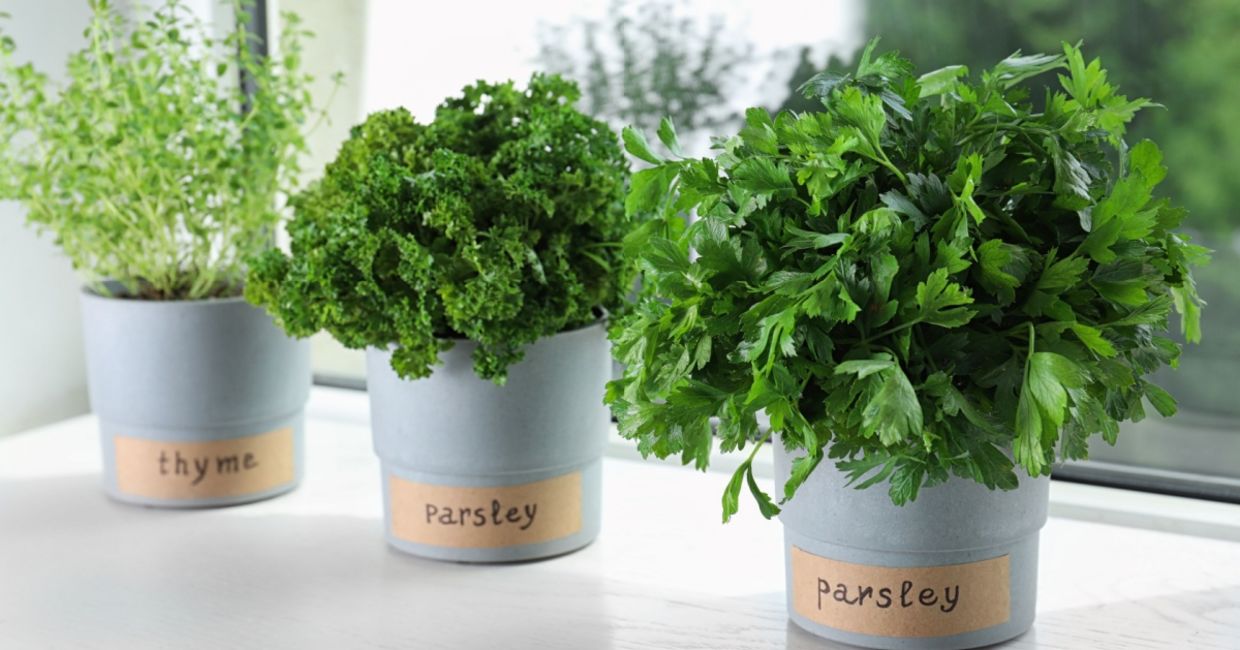
(New Africa / Shutterstock.com)
This is the time of the year when people start planting their gardens. But if you live in an apartment or do not have a lot of outdoor space, you can still grow herbs indoors.
Growing herbs in your kitchen will provide you with fresh seasonings all year long and it will fill your home with fragrance and beautiful greenery, according to Eating Well. An indoor herb garden is easy for anyone to grow from a beginner to a fully seasoned horticulturist.
You will need to do some preparations before you plant. Choose a sunny spot near a window, growing in your kitchen will give the plants needed humidity. You need to have containers with drainage or you can use herb pots. If you start with small containers you will have to repot as herbs grow very quickly.
You can start your herb garden with seeds, cuttings, or you can purchase seedlings from your local garden store. Most herbs will do well indoors even if you do not have a green thumb. Here are nine easy to grow herbs:
Parsley
Parsley is one of the easiest herbs to grow indoors so it is perfect for beginners. There are two types, curly and flat; the curly is beautiful for garnishing dishes and the flat has more flavor for cooking, according to The Spruce. Parsley loves sun but can also grow in a west-facing window.
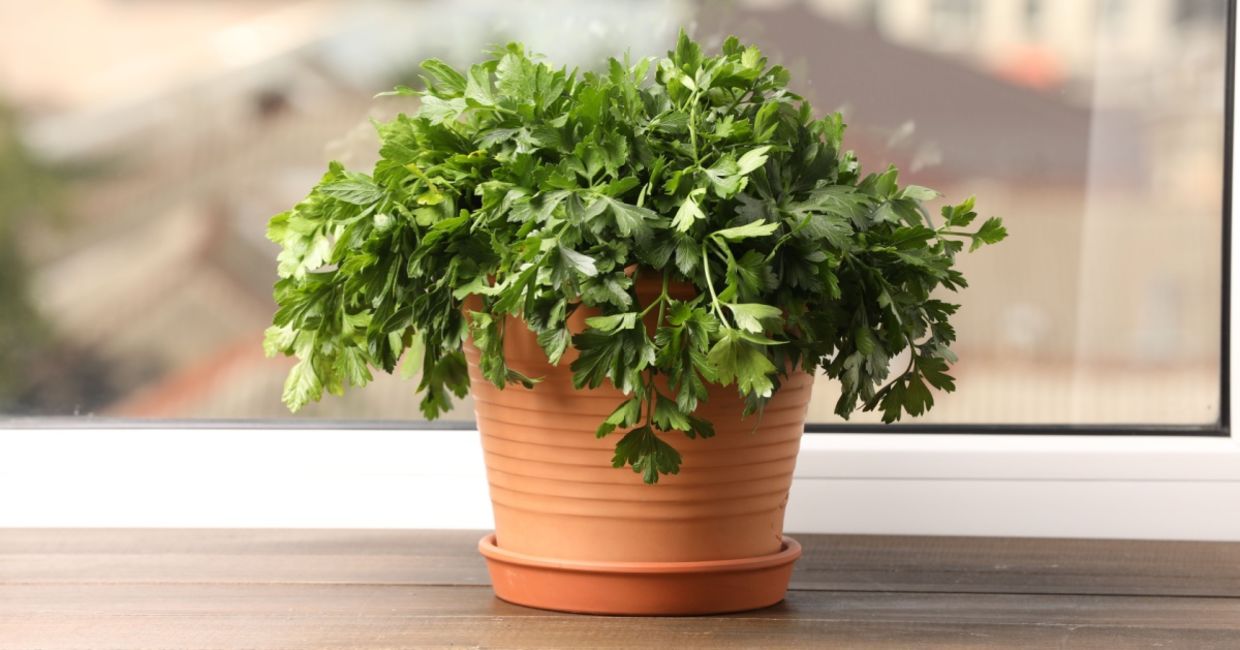
(New Africa / Shutterstock.com)
Mint
Mint is easy to grow and great to have on hand for flavoring water and teas. This perennial plant needs to be kept moist so be sure to water frequently but make sure that the pot has adequate drainage. This sturdy plant does not have to have direct sunlight so it does not have to be by a window.
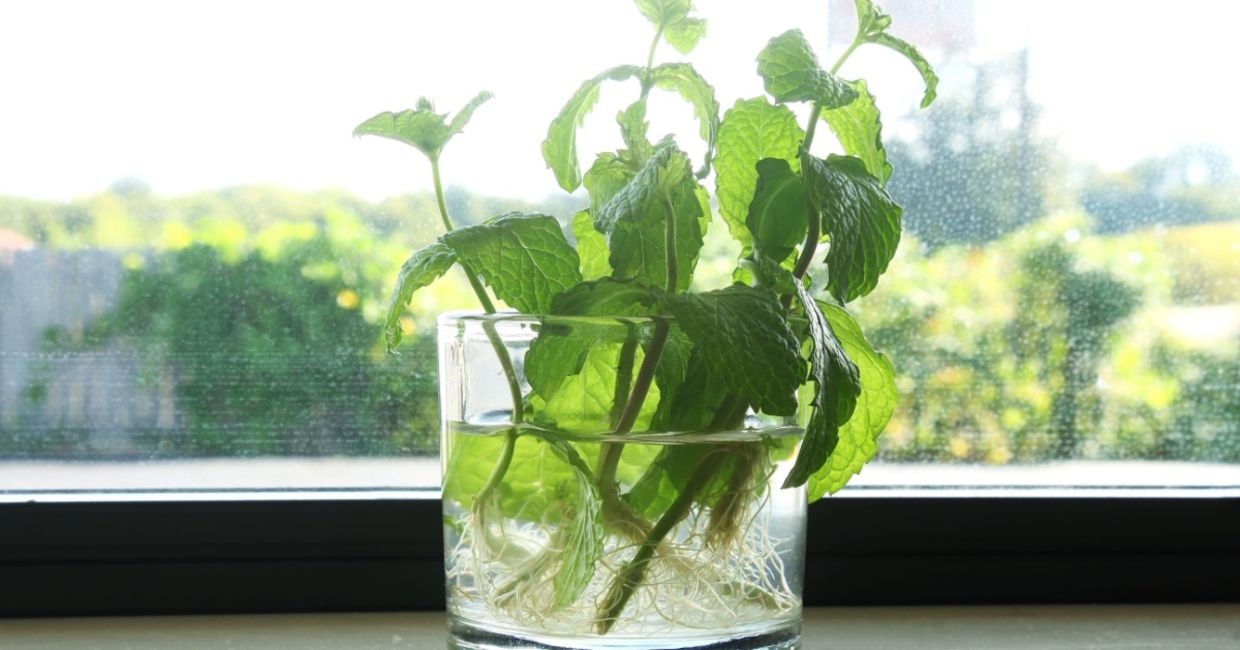
(Gv Image-1 / Shutterstock.com)
Thyme
Thyme is a very easy to grow herb for beginners, according to Real Simple. That’s because it is very hardy and difficult to kill. This herb is used primarily to flavor meat dishes. But don’t grow it in your kitchen! Thyme is drought resistant so it needs low humidity and little watering.
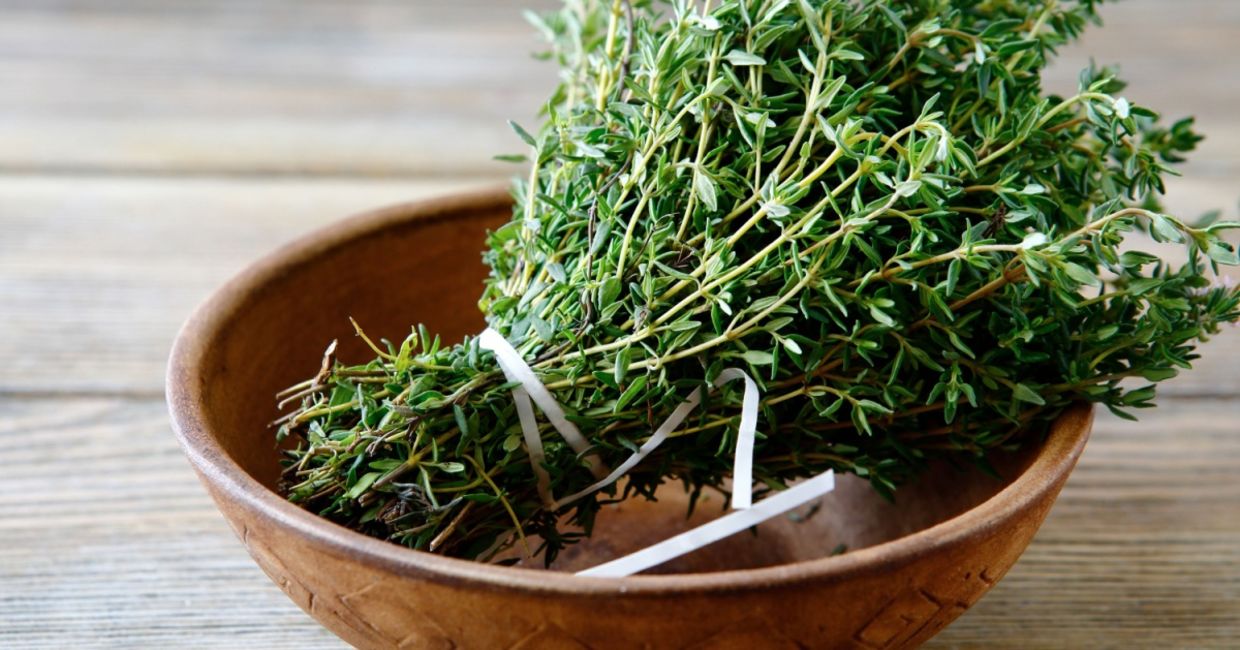
(Afanasieva / Shutterstock.com)
Oregano
This favorite herb is used to season many Italian foods. The oregano plant actually shares similar light and watering conditions as thyme so you can grow them in the same planter. Place near a sunny window.
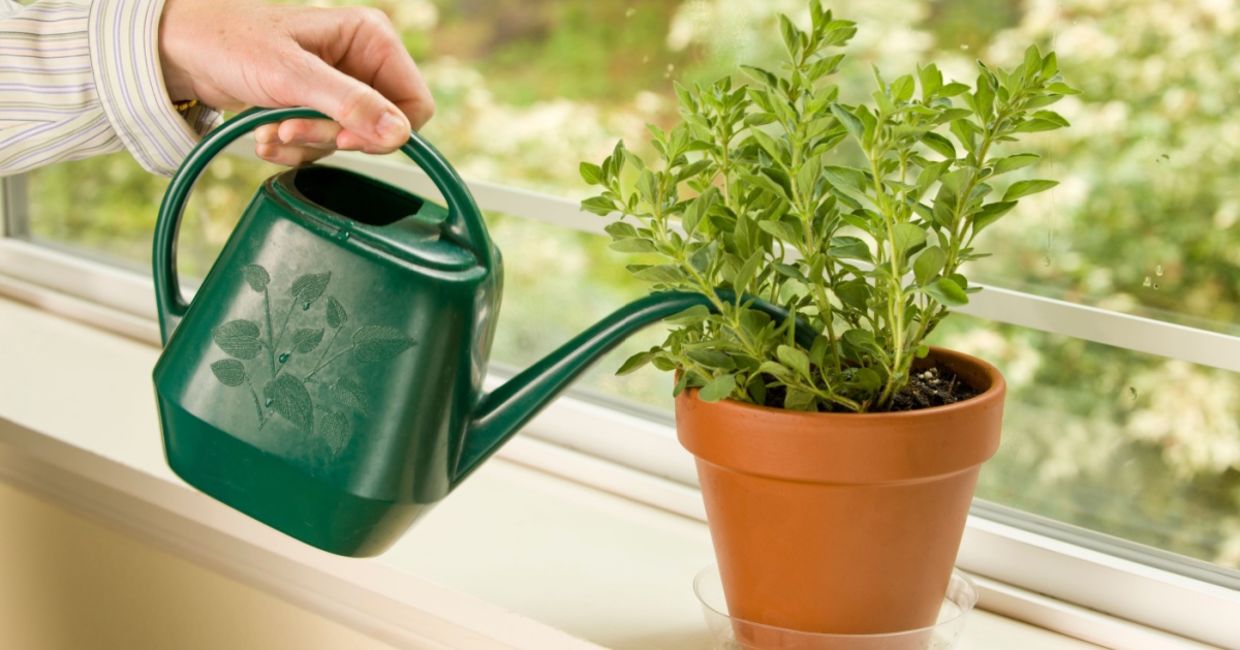
(Danita Delimont / Shutterstock.com)
Chives
Chives have a delicious onion-like flavor and is great to cook with. But the best part is that chives are extremely easy to grow. You can grow from seeds or seedlings. Just put your pot of chives in a south-facing window that gets sunlight for at least six hours a day, water when dry, and watch your chives grow.
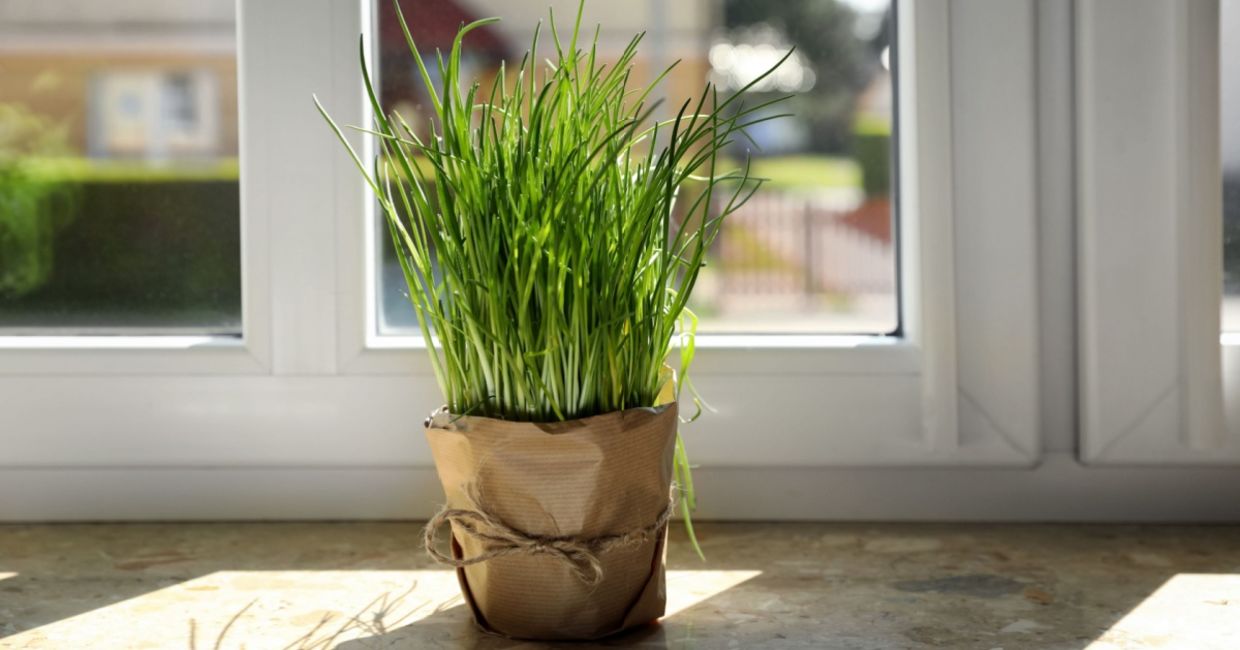
(New Africa / Shutterstock.com)
Basi
Basil adds flavor to just about any food but is best known for making pesto and in tomato dishes. It is also a great herb for beginners to grow. Basil is quick growing and has the same sunlight and watering requirements as chives.
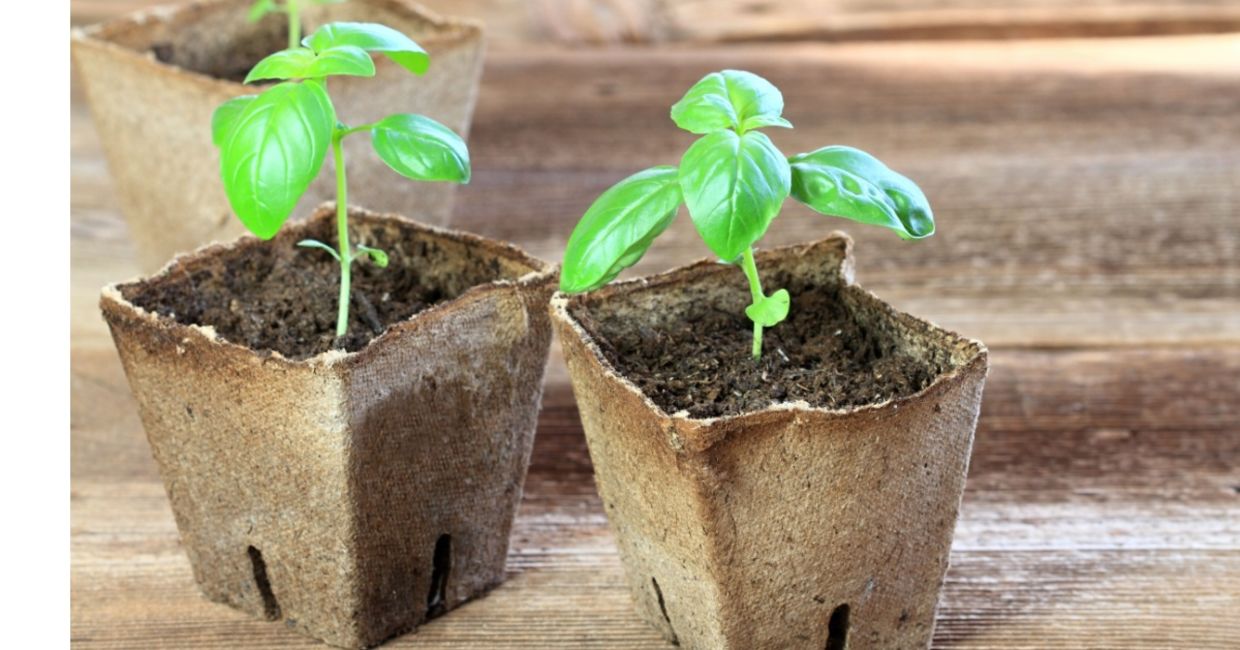
(iva / Shutterstock.com)
Rosemary
Rosemary is a bit more finicky, stressed The Spruce. That’s because it is from the Mediterranean – which makes it a natural fit for seasoning Greek and Middle Eastern dishes – and requires higher humidity. This means that you may have to build a tent around your rosemary plants to help trap moisture during the dryer winter months.
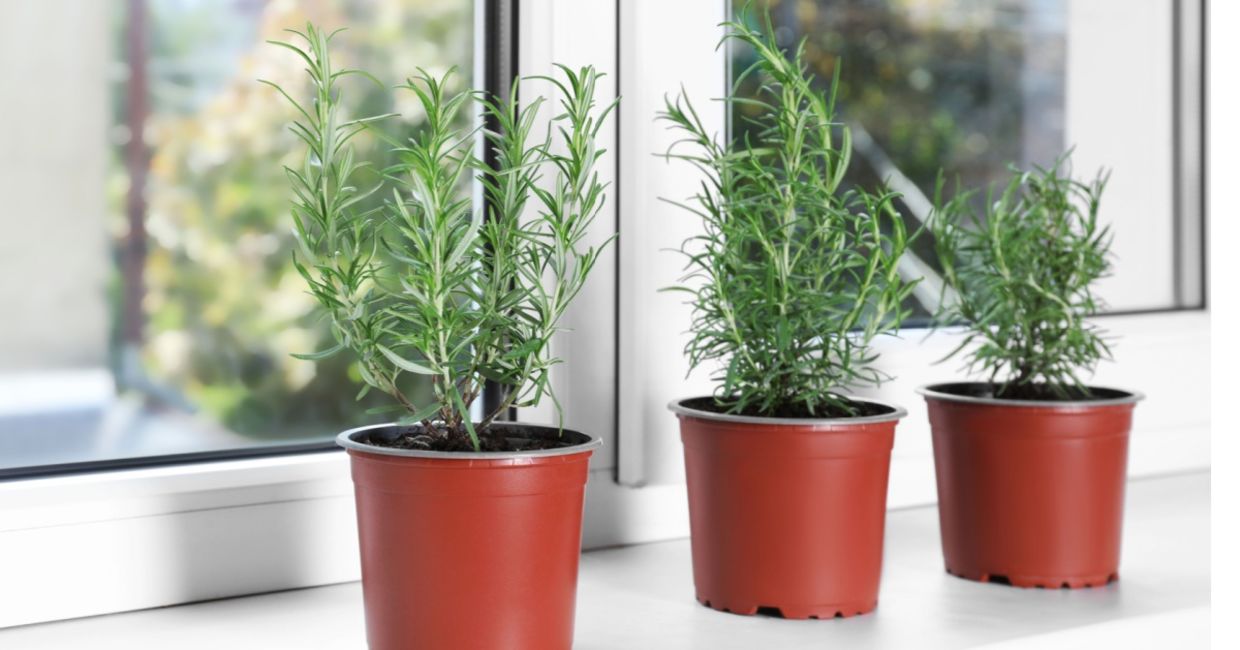
(New Africa / Shutterstock.com)
Lemongrass
This ornamental plant is known for its zingy flavor so lemongrass can be used in soups, curries, and sauces. A native to Sri Lanka and India, this herb can grow to be four-feet tall outside but it will be much smaller indoors. Grow lemongrass in a sunny spot and water frequently.
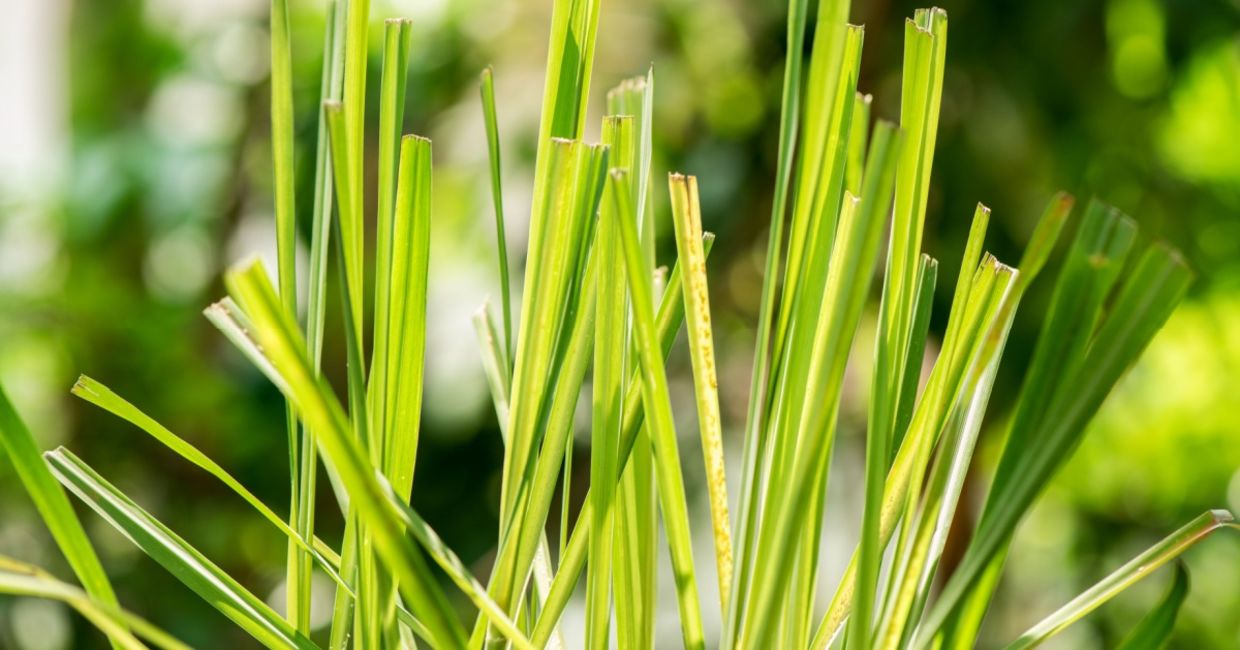
(wasanajai / Shutterstock.com)
Catnip
Don’t forget your feline fur babies. You can grow your own catnip. Just place it in a sunny window and water regularly. When it grows too high, before it flowers, just snip off the tops and give your cats a treat.
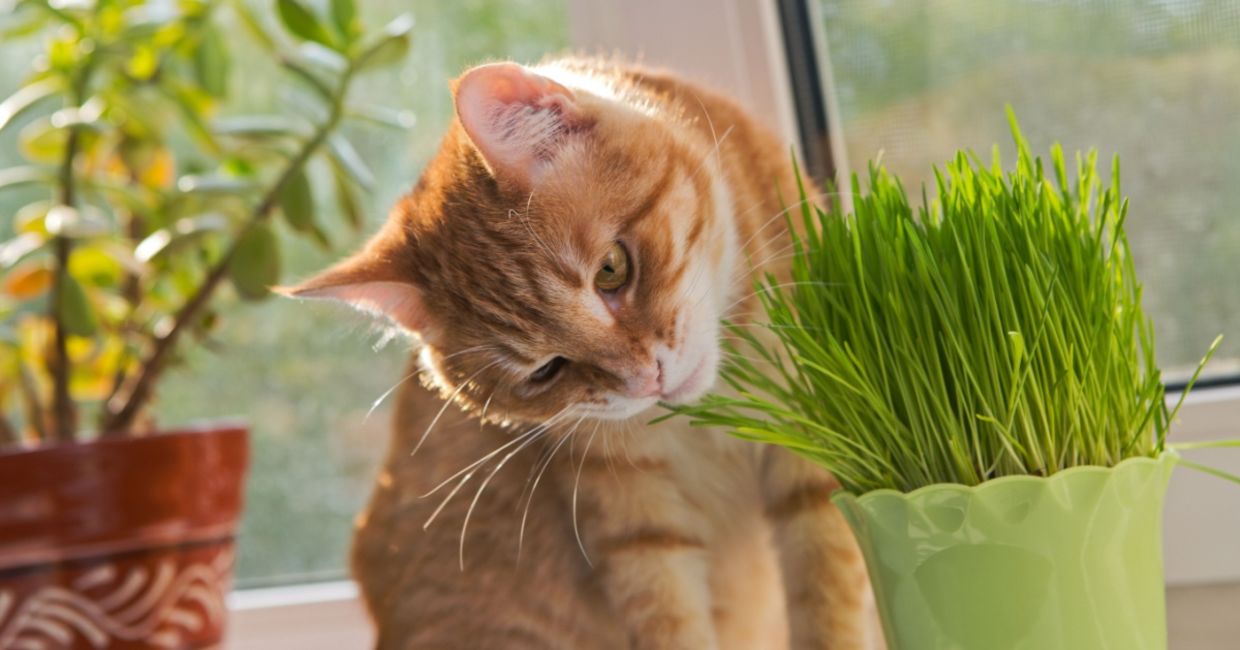
(Okssi / Shutterstock.com)







